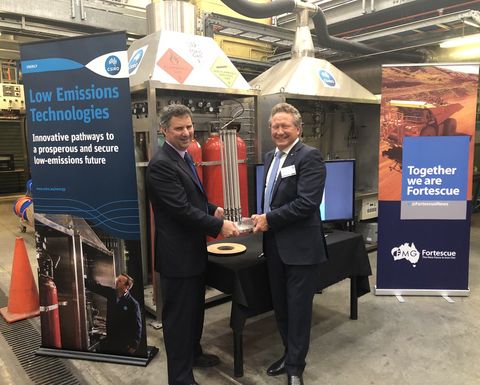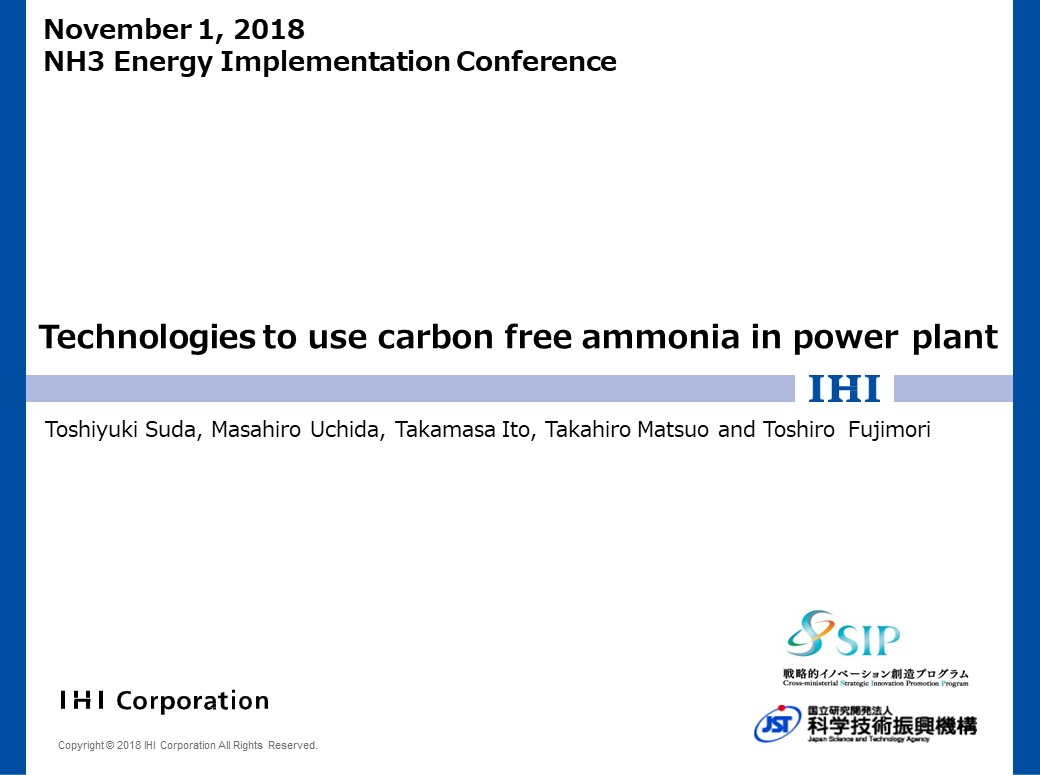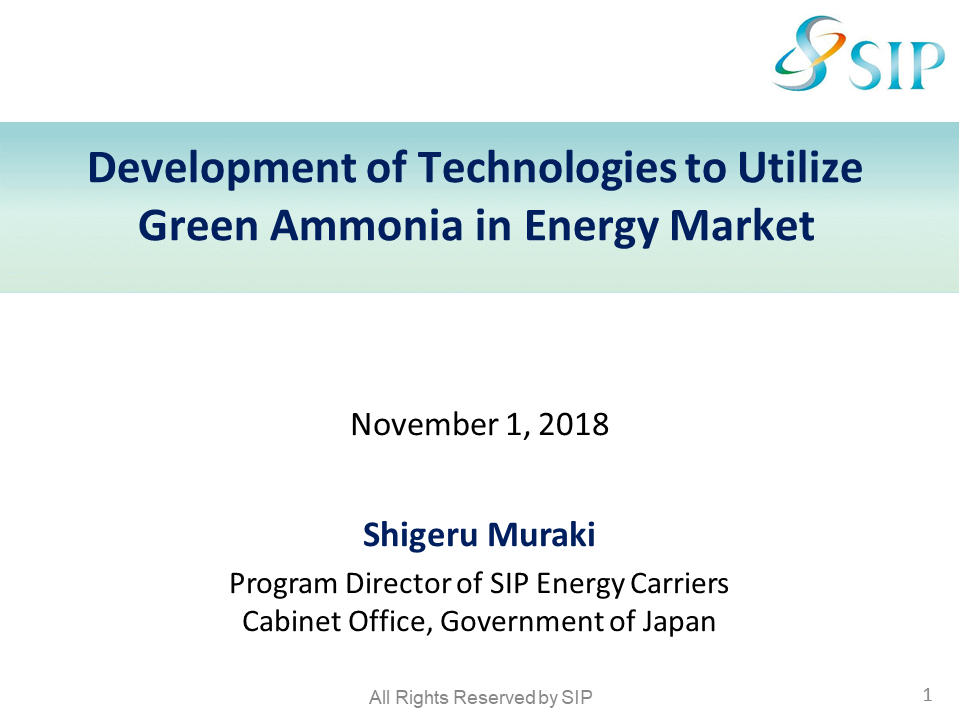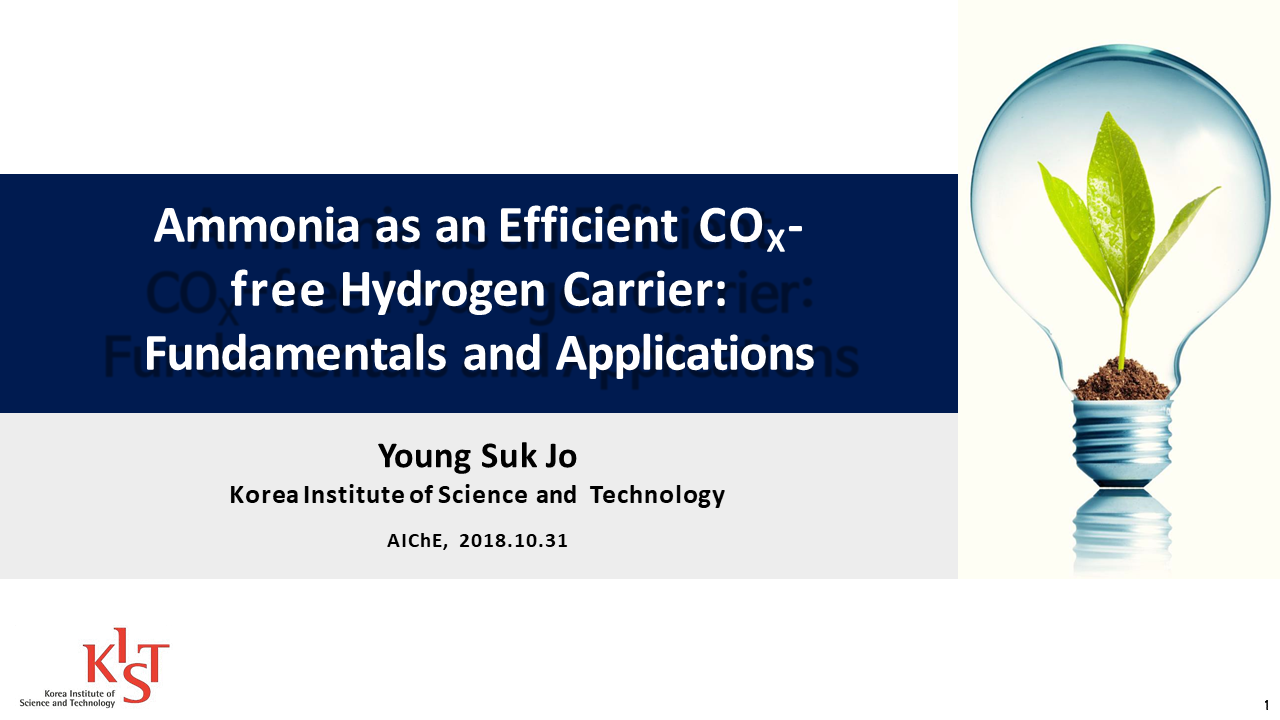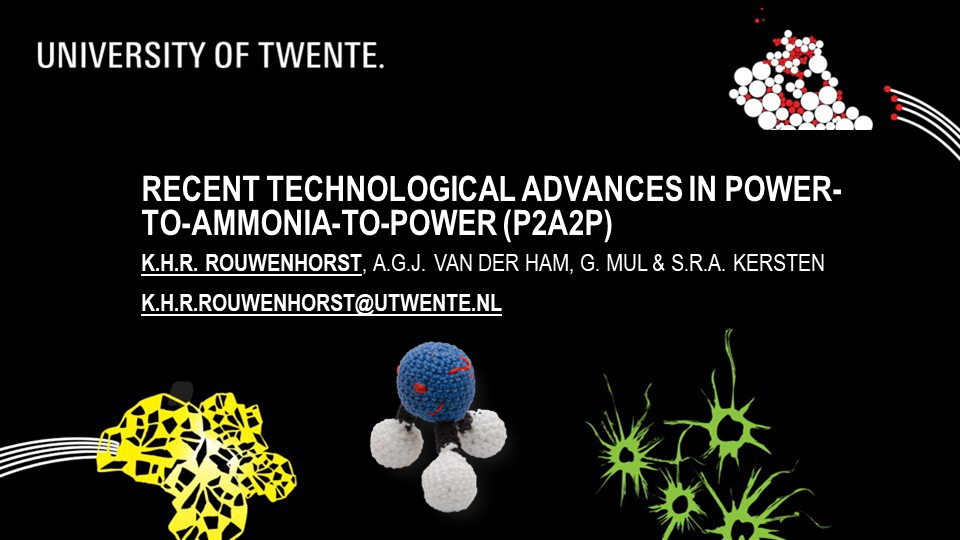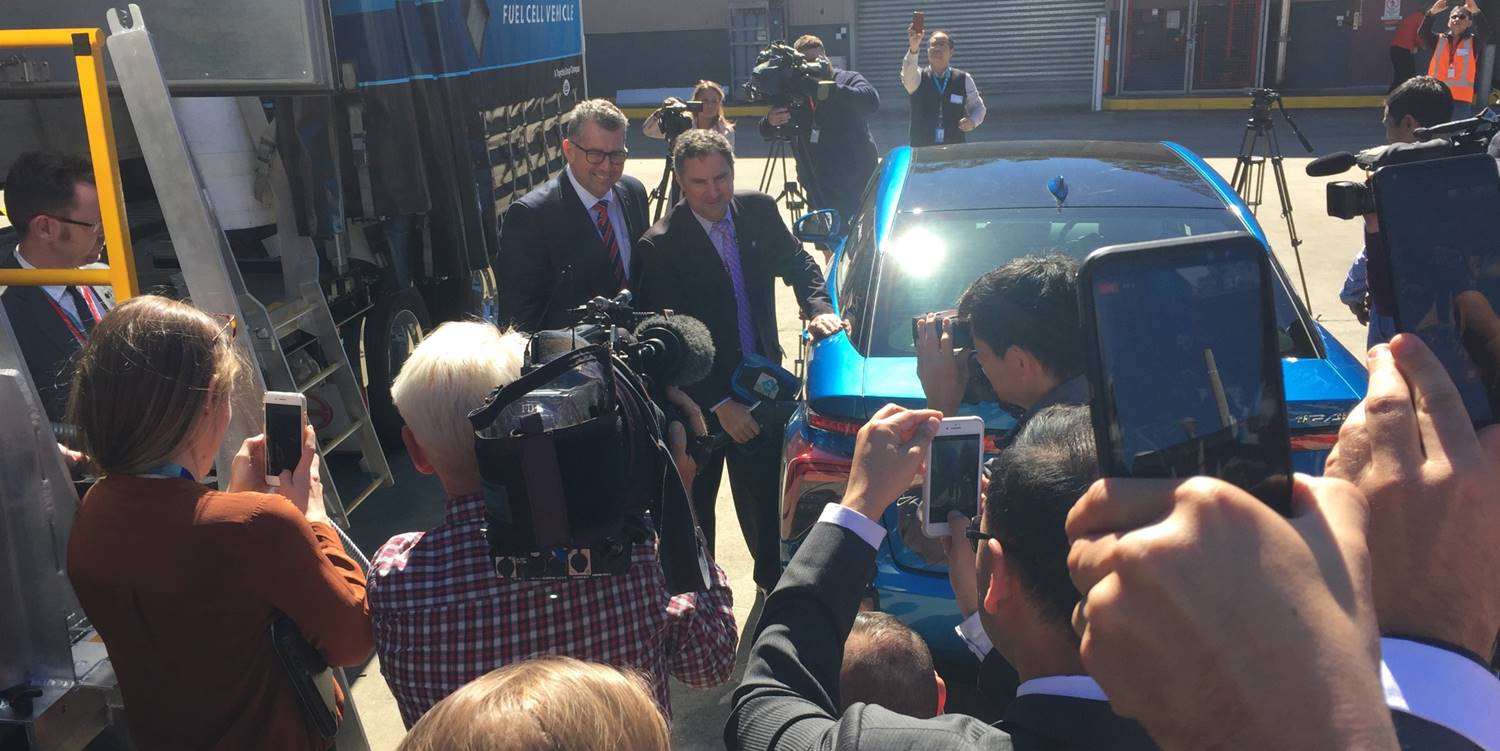CSIRO Partner Revealed for NH3-to-H2 Technology
Last week Australia’s Commonwealth Scientific and Industrial Research Organisation (CSIRO) announced the formation of a partnership that will support commercialization of CSIRO’s high-purity ammonia-to-hydrogen conversion technology. Michael Dolan, Principal Research Scientist for the ammonia-to-hydrogen project, had signaled such a development on the occasion of the technology’s first public demonstration in August 2018, saying in a contemporaneous Ammonia Energy post that the identity of “a major industrial partner” would be revealed shortly. The partner turns out to be Fortescue Metals Group (FMG). A November 22 article in Business Insider Australia states that the company will invest “[AUD]$19.1 million [USD$13.8] in technology developed by the CSIRO to make hydrogen vehicles viable in a potential gamechanger for the transport industry.”
